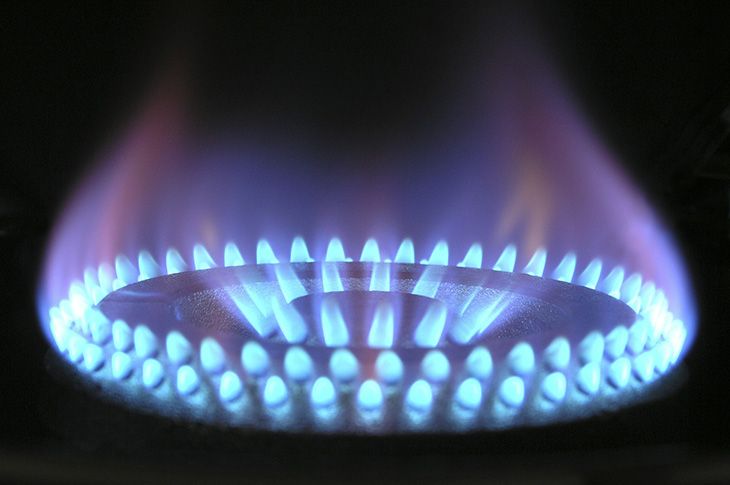Greater Brighton study underway to examine ways to make 40,000 council houses more energy efficient to cut carbon emissions and energy bills
A ground-breaking Greater Brighton study shows that upgrading 40,000 council houses across the region could help drastically cut carbon emissions while reducing energy costs for tenants.
The project involves seven local authorities who own housing stock looking at ways it can be made more energy efficient thus cutting down on carbon emissions. Much of the housing is old, meaning heating leaks easily from windows and roofs as well as tenants continuing to rely on gas for heating.
Although in its early stages, the City Region project, led by Lewes District Council, has identified that the seven councils spend roughly £100m a year on housing builds and projects and will have spent £1bn repairing and maintaining the 40,000 homes by 2030.
At a presentation given to members of the board which runs the City Region, Ian Fitzpatrick, the Deputy Chief Executive of Lewes District Council and Eastbourne Borough Council, said these sums gave the authorities a high degree of buying power to enact change if they worked together.
The work, called retrofitting, involves giving older homes upgrades, possibly including triple glazing, solar panels, replacement LED lighting, door replacements and alternative energy systems such as ground source heat pumps.
Mr Fitzpatrick’s working party includes experts from the University of Brighton, which is also a member of Greater Brighton, and an unprecedented number of retrofit consultants from the private sector. The working party has already identified 10 types of housing and are developing a system of cross-checking how many energy-saving additions are needed to save the most carbon emissions cost effectively.
Already other regions of the UK are making enquiries about the project and companies such as heat source pump manufacturers are indicating ‘bulk buying’ of the technology across councils could significantly reduce costs.
The new chair of Greater Brighton, Cllr Phélim Mac Cafferty, said:
“This is an exemplary piece of work and shows how the Greater Brighton region can harness our collective talents to develop pioneering projects. We all know we are in a climate crisis – we also know that inefficiently powered and insulated homes add to the carbon emissions that are contributing to the crisis.
“While this project is at an early stage, if we can lead the way by using our collective spending power to improve council housing we can keep homes across our area warmer in the winter and cooler in the summer. Much more than that, we can foster new skills and apprenticeships in green technology, create green collar jobs and, importantly, help bring energy bills down for hard-pressed tenants at the same time. We can fundamentally change the conversation in the country and show the rest of the UK the way to decarbonise housing.”
Retrofitting council house stock is one of the GB10 Pledges on the environment, which was signed by board members two years ago. It includes commitments to work towards using more recycled waste water, electrifying vehicle fleets, promoting hydrogen power and backing the development of carbon capturing kelp farms off the Sussex coast.
The Leader of Brighton & Hove City Council, Cllr Mac Cafferty, was elected chair of Greater Brighton at a meeting of the board earlier this month. The Greater Brighton City Region stretches from Brighton, north to Crawley, west to Bognor and east across to Seaford and consists of seven local authorities as well as businesses and education providers, including two globally recognised universities, legally constituted to protect and grow the economy.

